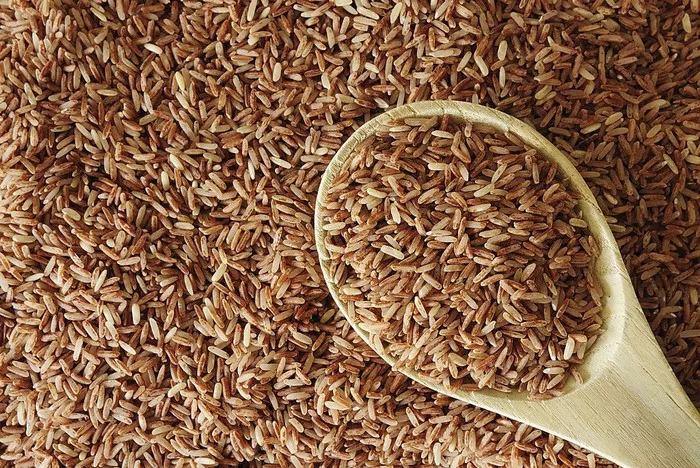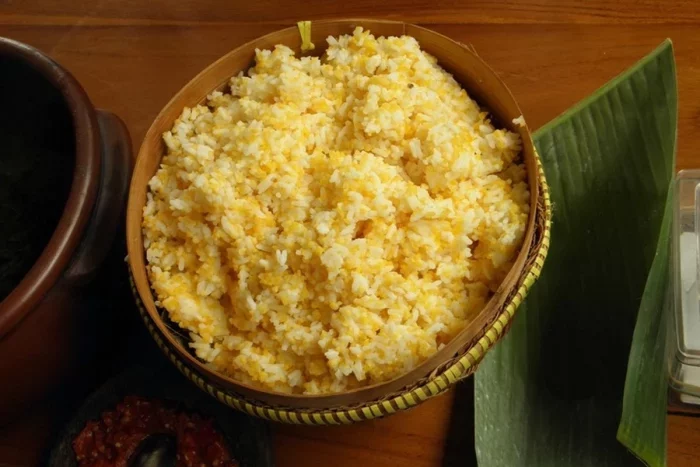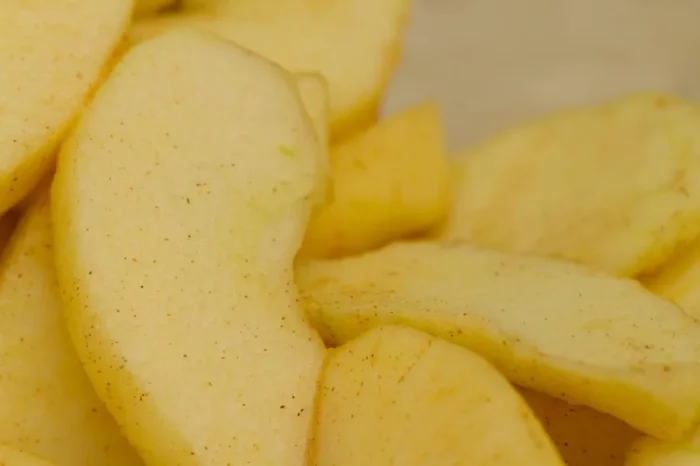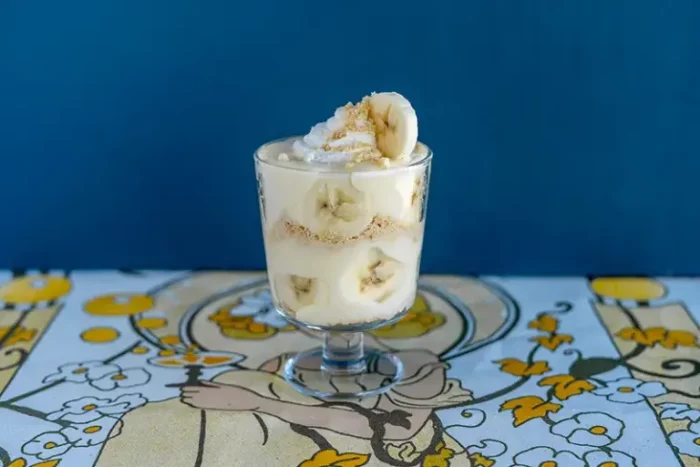Brown rice is often hailed as a healthier alternative to white rice. It is a whole grain that retains its bran and germ, making it richer in nutrients. For people with diabetes, dietary choices are crucial for managing blood sugar levels. This article will explore whether brown rice is a suitable option for diabetics, considering its nutritional profile, glycemic index, potential benefits, and how to incorporate it into a balanced diet.
Nutritional Profile of Brown Rice
What is Brown Rice?
Brown rice is a whole grain that is minimally processed. It retains its bran layer, which is packed with nutrients and fiber. In contrast, white rice is polished, removing the bran and germ, along with many essential nutrients.
Key Nutrients in Brown Rice
Fiber: Brown rice is an excellent source of dietary fiber. One cup of cooked brown rice contains about 3.5 grams of fiber. Fiber helps slow down digestion and can aid in controlling blood sugar levels.
Vitamins and Minerals: Brown rice is rich in essential nutrients, including magnesium, phosphorus, and B vitamins. These nutrients support overall health and can help manage diabetes.
Antioxidants: Brown rice contains antioxidants that can reduce inflammation and promote health.
Comparisons with White Rice
When comparing brown rice to white rice, brown rice has a higher fiber content and more vitamins and minerals. This difference is significant for diabetics, as fiber plays a crucial role in blood sugar management.
Glycemic Index of Brown Rice
Understanding Glycemic Index (GI)
The glycemic index measures how quickly foods raise blood sugar levels. Foods with a high GI are digested quickly, leading to rapid spikes in blood sugar. Low-GI foods, on the other hand, are digested more slowly, providing a steadier release of glucose.
GI of Brown Rice
Brown rice has a glycemic index of about 50-55, which is classified as low to medium. This means it causes a slower rise in blood sugar compared to white rice, which has a GI of around 70-90. Choosing low-GI foods is beneficial for diabetics because they help maintain more stable blood sugar levels.
Benefits of Brown Rice for Diabetics
1. Better Blood Sugar Control
The high fiber content in brown rice helps slow digestion. This slow digestion leads to a gradual increase in blood sugar levels, reducing the risk of spikes. Studies have shown that people who consume whole grains, like brown rice, have better blood sugar control.
2. Weight Management
Maintaining a healthy weight is essential for managing diabetes. Brown rice can be helpful in this regard. The fiber in brown rice promotes a feeling of fullness, which may reduce overall calorie intake. Additionally, whole grains have been associated with lower body weight and reduced body fat.
3. Nutrient Density
Brown rice is packed with essential nutrients that support overall health. Adequate intake of vitamins and minerals can improve well-being and support the body’s ability to manage diabetes. Nutrient-dense foods like brown rice can contribute to a balanced diet.
4. Heart Health
People with diabetes are at a higher risk for heart disease. The fiber and antioxidants found in brown rice can support heart health by reducing cholesterol levels and inflammation. Incorporating brown rice into the diet may contribute to a lower risk of heart disease.
How to Incorporate Brown Rice into Your Diet
Cooking Brown Rice
Cooking brown rice is simple. Here’s a basic recipe:
Rinse the Rice: Rinse 1 cup of brown rice under cold water to remove any dust or impurities.
Boil Water: In a pot, bring 2 cups of water to a boil.
Add Rice: Add the rinsed brown rice to the boiling water.
Simmer: Reduce heat, cover, and let it simmer for about 45-50 minutes, or until the rice is tender and the water is absorbed.
Fluff: Remove from heat and let it sit for 10 minutes. Fluff with a fork before serving.
Serving Suggestions
As a Side Dish: Serve brown rice alongside grilled vegetables and lean protein like chicken or fish.
In Salads: Mix cooked brown rice into salads for added texture and nutrition. It pairs well with beans, nuts, and fresh vegetables.
In Stir-Fries: Use brown rice in stir-fries instead of white rice for a healthier meal. Combine it with lots of colorful veggies and lean protein.
As a Breakfast Option: Try using brown rice in breakfast bowls. Top it with nuts, seeds, and fruit for a nutritious start to the day.
Portion Control
While brown rice is healthier than white rice, portion control is important. Aim for a serving size of about 1/2 cup of cooked brown rice. Pair it with plenty of non-starchy vegetables to create a balanced meal.
Potential Drawbacks of Brown Rice
Arsenic Content
One concern with brown rice is its potential arsenic content. Rice can absorb arsenic from the soil and water, which may pose health risks over time. While the levels in brown rice are generally safe for consumption, it is advisable to rinse the rice before cooking and vary your grains. Incorporating quinoa, barley, or farro can help reduce arsenic exposure.
Higher Caloric Content
Brown rice has more calories than white rice due to its higher fiber and nutrient content. This aspect can be a consideration for those closely monitoring their caloric intake. However, the additional nutrients often outweigh this concern.
Conclusion
In summary, brown rice can be a healthy addition to the diet of individuals with diabetes. Its high fiber content, low glycemic index, and rich nutrient profile make it a better choice compared to white rice. By incorporating brown rice into balanced meals, diabetics can enjoy its health benefits while managing their blood sugar levels.
However, it is essential to practice portion control and consider overall dietary patterns. Additionally, being mindful of arsenic exposure and including a variety of whole grains can further enhance health outcomes.
If you have diabetes, consult with a healthcare professional or a registered dietitian to create a personalized eating plan that suits your needs. Brown rice can be part of a nutritious and satisfying diet that supports your health goals.
Related topics:

























